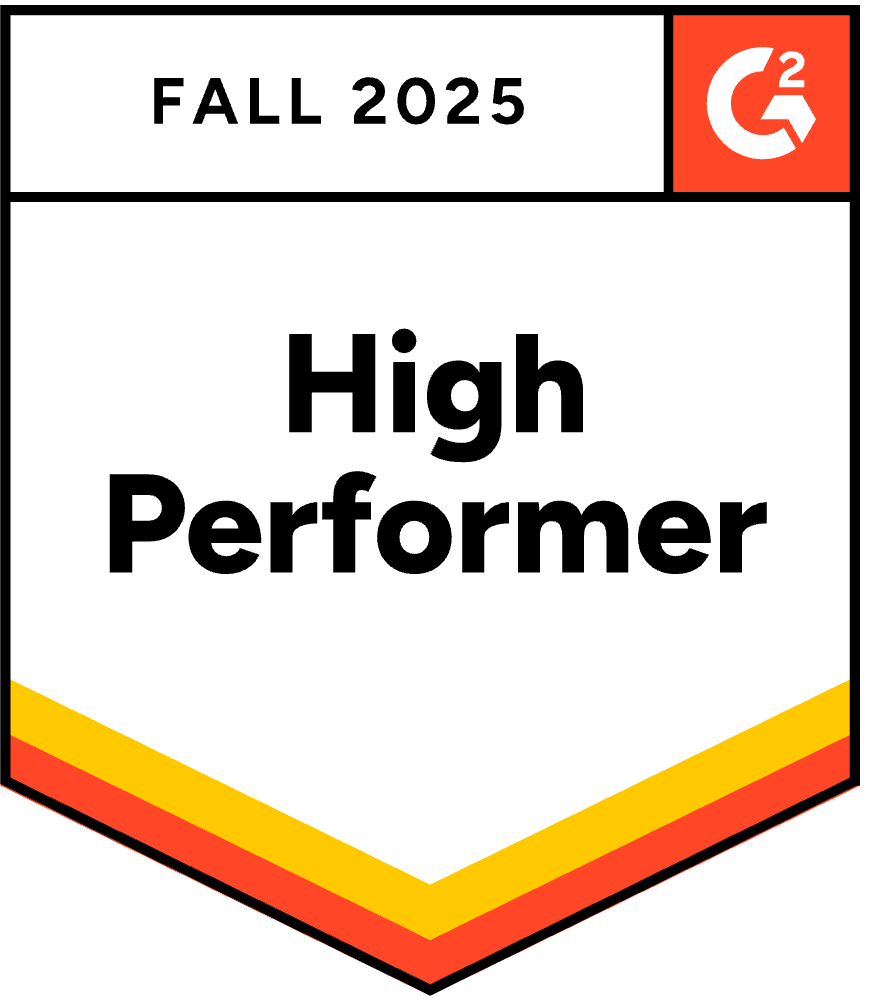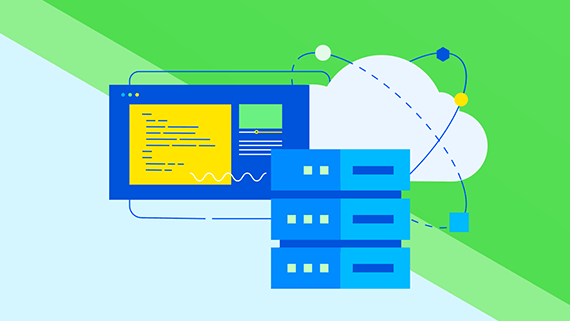
Network Monitoring RFP Template
Download our free RFP guide to learn the key questions to ask when choosing the right network monitoring platform.
The Power of a Well-Crafted Request for Proposal (RFP)
A well-structured Request for Proposal (RFP) makes it easier for you to evaluate network monitoring solutions by focusing on the features and capabilities that matter most to your organization.
By asking the right questions, you can align technical requirements with business goals, reduce risk, and maintain a better fit.
| Focus on Qualified Vendors | Uncover Best NMS Options | Reduce Risks and Improve Solution Fit |
|---|---|---|
| Quickly narrow down monitoring solutions that meet your specific infrastructure needs. | Discover innovative vendors with capabilities tailored to your network architecture and business goals. | Avoid costly mismatches by prioritizing critical monitoring features, scalability, and integration capabilities. |
Get the template
Our RFP Template Will Help You
Save time
An easy-to-use and customizable document tailored to your needs.
Broaden your options
A comprehensive list of questions and qualifications for global providers.
Create healthy competition
When responding to an RFP, vendors may be more inclined to sweeten the deal to beat the competition.
Popular/Key Questions in an RFP for Network Monitoring
What is an RFP and why is it critical when selecting a network monitoring solution?
A Request for Proposal (RFP) is a structured document used to gather detailed vendor responses. It helps you to compare solutions objectively, align with business needs, and avoid costly mismatches.
How do I define my network performance and visibility goals in an RFP?
Outline key metrics like uptime targets, latency thresholds, traffic analysis needs, and alerting expectations. This helps vendors tailor their proposals to your operational priorities.
What technical requirements should I include in a network monitoring RFP?
Specify supported protocols (e.g., SNMP, WMI, NetFlow), alerting mechanisms, dashboard capabilities, and compatibility with cloud, hybrid, and on-premises environments.
How can I evaluate and compare vendor proposals for network monitoring tools?
Use criteria like scalability, ease of use, integration options, reporting depth, and support SLAs. Request demos or trials to validate claims.
What are common mistakes to avoid in a network monitoring RFP?
Avoid vague scope definitions, missing SLA expectations, and unrealistic timelines. Be clear about infrastructure complexity and deployment goals.
What questions should I ask about real-time analytics and historical data retention in an RFP?
Ask about data granularity, retention periods, storage options, and how historical data supports auditing, compliance, and trend analysis.
How important are budget constraints, deployment timeline, and support SLAs in a network monitoring RFP?
It's very important to clearly document budget limits, rollout expectations and required support levels to maintain vendor alignment and avoid surprises.
How can I confirm that the network monitoring tool can support both cloud and on-premises infrastructure?
Request details on hybrid compatibility, agentless monitoring, cloud API integrations and deployment models that span multiple environments.
What should vendors include in their RFP response for network monitoring solutions?
Expect feature lists, architecture diagrams, SLA commitments, integration options, pricing models and relevant case studies or references.
How can I assess the scalability and performance of a network monitoring platform through an RFP?
Include criteria like maximum supported devices, data ingestion rates, performance benchmarks and stress test results under load.
What compliance and security considerations should I include in a network monitoring RFP?
Clarify alignment with standards like GDPR, HIPAA, SOC 2 and ask about data encryption, access controls and audit logging capabilities.
How do I handle vendor lock-in risks when writing an RFP for network monitoring?
Ask about data export formats, API access, modular architecture and integration flexibility to maintain long-term control and adaptability.
What should I ask about alerting, automation and incident response workflows in an RFP?
Request details on customizable alerts, automated remediation, escalation paths and integration with ITSM or SIEM platforms.
How can I encourage detailed, high-quality responses from network monitoring vendors?
Be specific in your requirements, use structured response templates and ask for real-world examples. Clear evaluation criteria lead to better responses.
Related Resources






WhatsUp Gold Earns High Marks in Latest G2 Report
WhatsUp Gold has been recognized as an industry leading network monitoring tool in the recent G2 Grid Report for network monitoring solutions winning 17 total awards overall.
Read Report
Choosing the Right IT Monitoring Tool
Just Got Easier
Discover how to reduce downtime, simplify troubleshooting
and scale smarter - without wasting time or budget.
